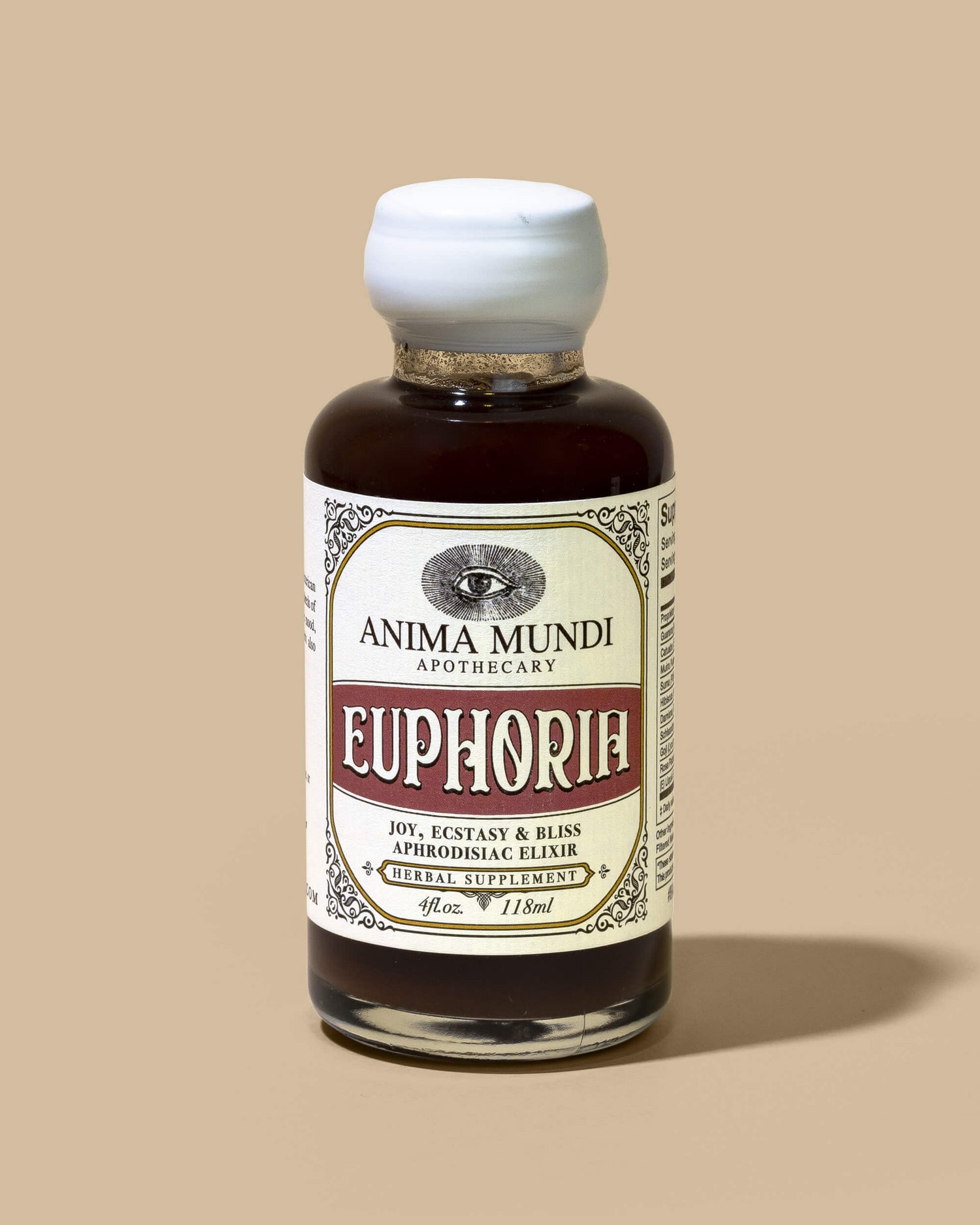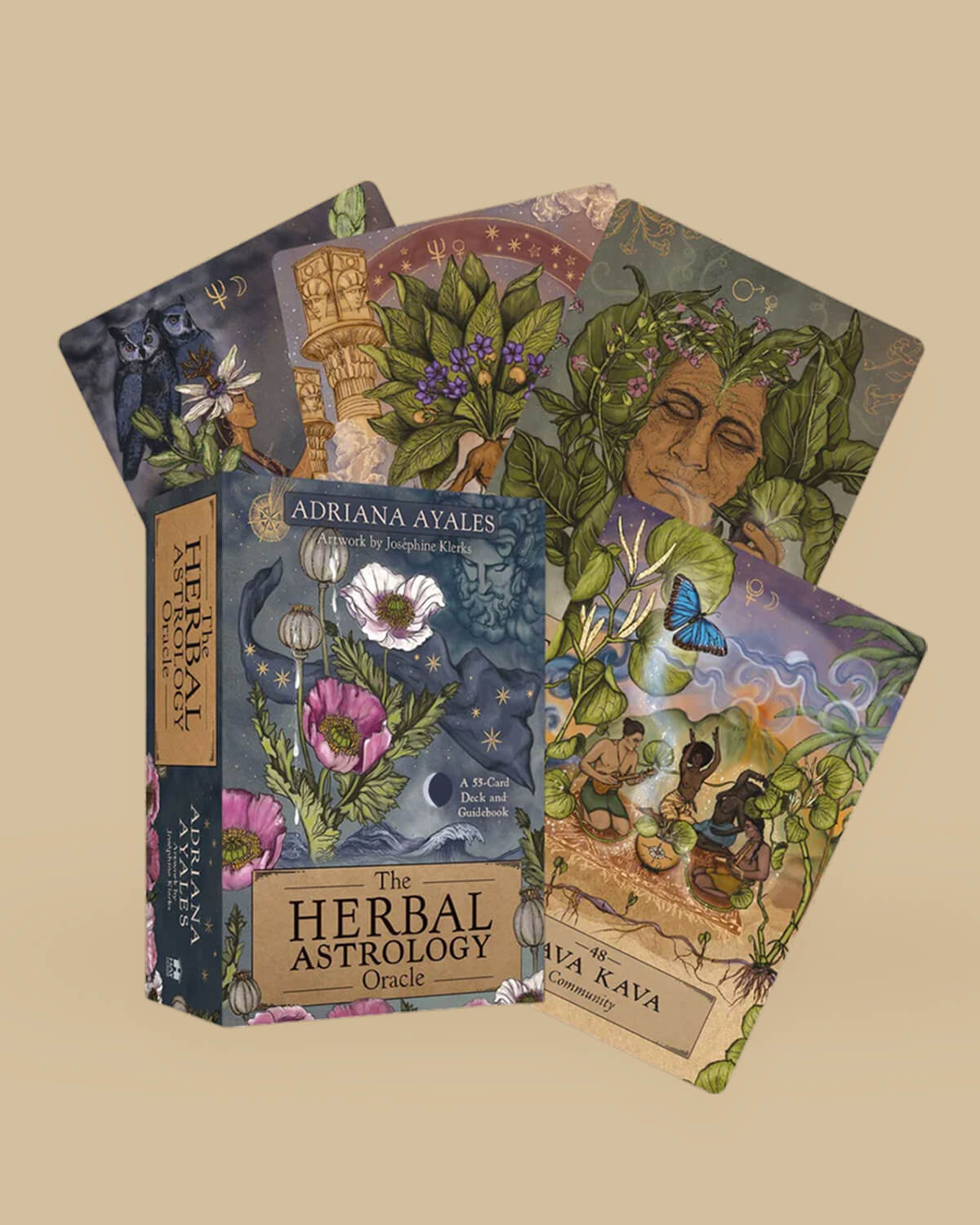Most dentists will tell you that genetics, fluoride treatments, regular dental visits, and proper dental care will result in perfectly healthy teeth. However, for millennia many of our ancestors have kept a perfectly healthy mouth with very simple protocols, that certanily didn't involve a dentist, fluoride fills or even cavity removal. Interestingly enough, studies show that the modern western world has suffered an unusual amount of tooth decay and dental diseases, more so than the ancients, and even current indigenous tribes that live (very) remotely. You're probably thinking, Hm…well, probably the reason is that they’ve not been exposed to processed foods, like refined sugar, or a lack of exposure to excessive toxicity, (etc.). Well, yes and no. Many indigenous tribes around the world have involved daily dental care practices using plant medicines, and artisan crafted oils (animal and plant based) to not only prevent oral diseases, but for aesthetically pleasing pursuits.
The truth is the most important action you can take to maintain oral health is to eat a healthy diet. Avoiding artificial additives (flavors, colors, preservatives), refined sugars, GMOs, excessive pasteurized foods (or deficient foods in general), etc. Do not consume foods laden with herbicides, pesticides, and preservatives, or deficient and unethically farmed proteins (meat, fish, poultry and dairy) as that naturally weakens the immune system, and strips the body from minerals, contributing to chronic deficiency. Minerals assist our body with strength and rejuvenation, supporting our bones, musculature and body overall. Once we start noticing patterns of deficiency, we can start seeing its manifestation through the body in particular to the mouth area -- some signs are: : tooth stains, a tongue with white or yellow coating, a crackly tongue, bleeding gums (or gum that easily bleed), chapped or broken lips (regardless of weather) The healthiest of cultures across the planet share the same pattern within their diet: fresh and whole unadulterated foods. These basic standards, along with natural add-ons and other simple techniques is how the ancients kept their healthy teeth. Below is a shortlist of some of my favorite herbs used for oral care for hundreds of years.

. . .
HERBS USED SINCE ANCIENT TIMES
FOR HEALTHY TEETH
. . .
1. Neem, makes it useful in combating issues like periodontal pockets and gingivitis. Its powder can be used in tandem with your regular toothpaste, or you can find quality neem infused toothpaste in healthfood stores.
2. Fennel - Fennel’s use for oral health dates back to ancient times and in different cultures. In ancient Chinese medicine, for instance, it has been used as an herb that inhibits plaque buildup and gum disease due to its antibacterial properties. This is made possible by the presence of polyphenols including rosmarinic acid and luteolin.Simply chewing on a fennel seed, you can effectively inhibit plaque buildup and gum disease. Chewing fennel seeds is also effective in reducing salivary pH. Thanks to its antimicrobial properties, it assists in eradicating the germs responsible for bad breath.
3. Cinnamon - Cinnamon is one aromatic spice that is loaded in calcium, making it an excellent ingredient for strengthening the teeth. This herb, which usually brings memories of Christmas to mind, contains anti-microbial properties that help relieve mild pain. It has been used both in ancient times and the very recent past for numbing teeth in instances such as teeth and gum cleaning and for teething toddlers.
4. Clove - Clove oil is especially useful for treating toothaches. It has been found from studies that clove oil numbs oral pain with just a few drops to the infected tooth cavity. Studies have also hailed its anti-inflammatory and anti-plaque agents as beneficial for preventing periodontal disease. Eugenol, a natural anti-septic found in clove, helps combat pain but with more effectiveness than cinnamon. It also has some other anti-fungal properties that enable it fight fungal infections.Clove is also very rich in calcium and vitamin C, which are essential for strong bones and teeth. It is also used for the treatment of other ailments including asthma and headaches.
5. Turmeric - Believe it or not this might be one of the most effective ones! Components in Curcuma longa like curcumin, tumerone, atlantone, and zingiberene are the active ingredients that aid its anti-inflammatory and antibacterial functions. It's been used for centuries within Ayurveda to make compounds for teeth and gum care that fight bacterial infections and even for teeth whitening. For example, a classic recipe is 1tsp of turmeric powder, half teaspoon of salt and just enough mustard oil to form a paste for soothing infected or inflamed gums. This will also relieve any pain felt in those areas.

. . .
OTHER VITAL TOOLS
. . .
Oil pulling is an Ayurvedic dental health practice that precedes mouth washing by a few thousand years. The act of swishing an oil such as sesame or coconut in one's mouth has numerous health benefits, especially when infusing medicinal herbs into it. Be aware this does not replace your regular brushing practice. After oil pulling you can continue to flossing, tongue scraping and brushing.
*How To: In the morning, before you eat or drink anything, take a spoonful of coconut oil or sesame oil and swish it through your mouth and teeth for 15-20 minutes. When you get started this might sound like a lot of time with oil in your mouth — its ok to build your practice and start off where you can. Keep squeezing it through your teeth with your tongue, swishing it back and forth, then spit it out.
. . .
BRUSHING &
TONGUE SCRAPPING
. . .
Brushing
Rigorous brushing can be contraindicative to the health of your teeth and gums. Be sure to brush gently and in circular motion along the gum line. For the vast majority of people, a soft-bristled toothbrush will be the most comfortable and safest choice. Depending on how vigorously you brush your teeth and the strength of your teeth overall, medium to hard-bristled brushes could actually damage the gums, root surface, and protective tooth enamel.
Tongue Scraping
Tongue scraping can be a life changing add-on to your oral hygiene routine. Tongue scraping is known to reduces bad breath caused by germs and bacteria on the tongue, stimulates the taste buds, helps remove the slime and white coating on the tongue that can contribute to tooth decay. Stimulating your tongue is also known to help improve digestive health.
a note on regular toothpaste
. . .
COMMERCIAL TOOTHPASTE
IS TOXIC
. . .
Fluoride is not the only ingredient to avoid. Many commercial toothpastes include saccharine or aspartame, artificial dyes, sodium lauryl sufate, triclosan, carageenan, and more. Be aware that many natural products still contain sodium laureth sulfate or other questionable ingredients such as glycerin, which prevents re-mineralization. Also keep in mind that your mouth is one of the most absorbable areas within the body. Anything placed in it goes directly into the bloodstream. If these chemicals are added into your mouth first thing in the AM, you're basically waking your powerful morning enzymes and gut up with an influx of chemicals. Be sure to make your own or choose your toothpaste provider wisely.
This is why we started making our own tooth tonic. Our mission was to create something simple, strong and effective that was a tooth and gum tonic that could used simultaneously like a oil-pulling-esq solution to help whiten teeth, act as a anti-microbial, and refreshen the mouth. We used to provide this in a recycled plastic tube but stopped due to the terribly un-sustainable packaging it was. Due to popular request, we’re coming up with more oral care formulas, and only in sustainable packaging.
Learn more about our tooth tonic here















